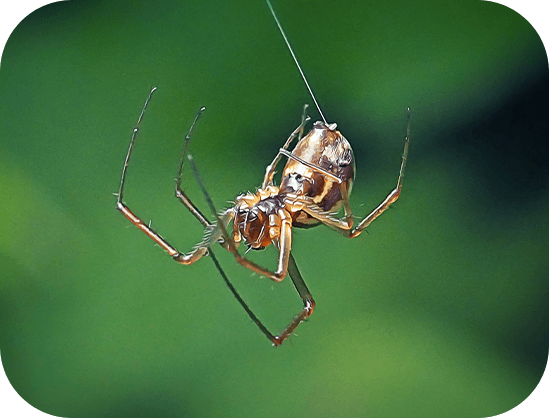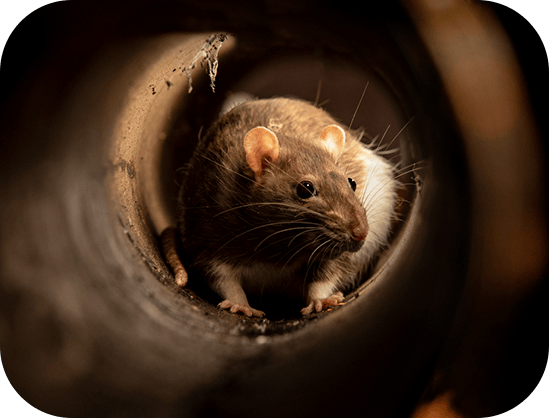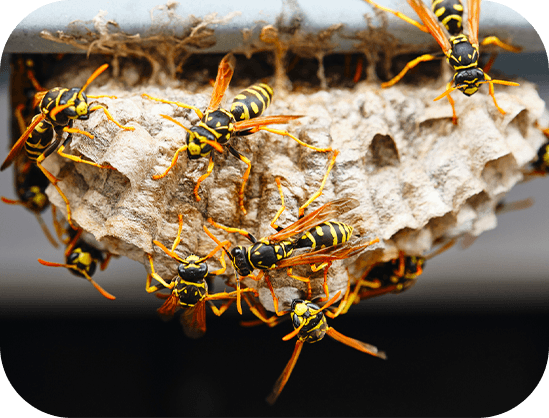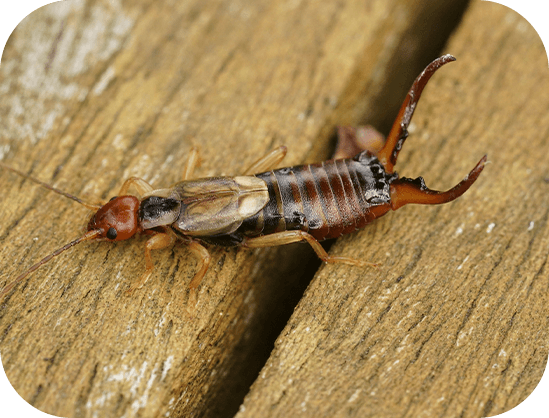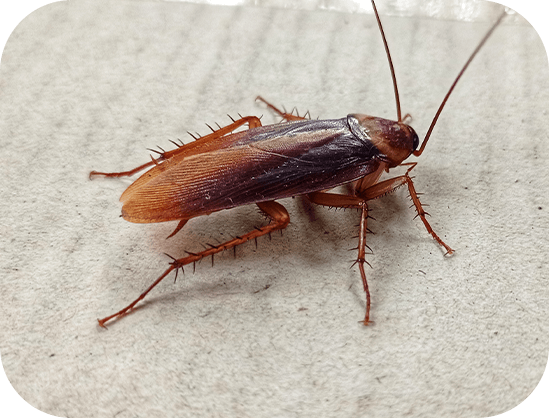


Fast, family-friendly pest, rodent, lawn & weed control — plus custom holiday lighting. Year-round protection from licensed local technicians with clear pricing and free re-services between visits.
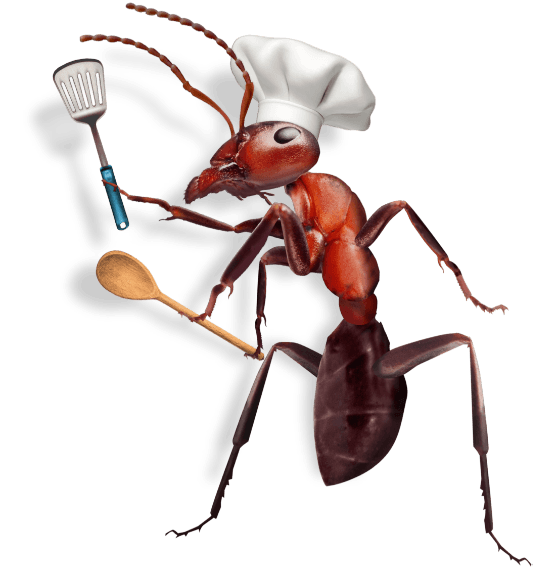
Pest Control Company Serving Boise & the Treasure Valley
Local, Family-Friendly Pest Control for Homes and Businesses
Since 2009, Pestcom Pest Management has provided trusted pest control throughout Boise, Meridian, and Nampa, serving communities across the Treasure Valley including Eagle, Kuna, Caldwell, Star, Middleton, and Ontario (OR). Our Idaho-licensed technicians deliver precise inspections, targeted treatments, and dependable follow-ups.
We handle common household pests such as ants, spiders, earwigs, wasps and yellowjackets, cockroaches, mice and rats, bed bugs, mosquitoes, and seasonal invaders like boxelder and elm seed bugs. Every service includes an exterior-first protective barrier, web and nest removal, and interior service when needed. If pests return between visits, we do too — at no extra charge.
Looking for service in a specific city? Visit our Locations page to find pest control options in your area.
Get a free estimate today. Call (208) 795-3298 or request service online.
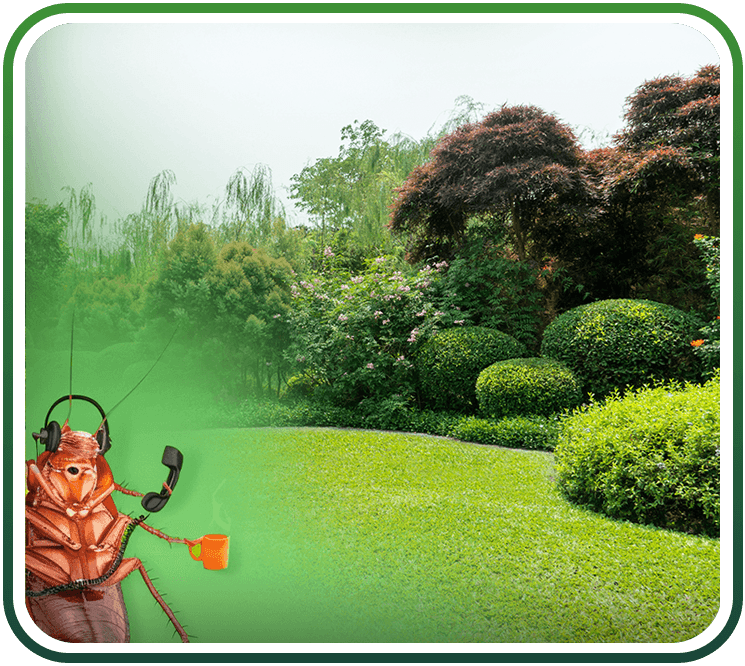

How Does Pest Control Work?
Live Pest Free in 4 Easy Steps
-
1Free Quote
We’ll find the best treatment options with transparent pricing
-
2Thorough Inspection
Every job begins with a thorough inspection
-
3Detailed Service
We don’t cut corners or take any shortcuts while servicing your home
-
4100% GuaranteeIf the bugs come back, so will we — Hassle free & free of charge —

Pestcom Pest Management
Proud Member of
What Works in the Treasure Valley
Local conditions — canal corridors, foothill edges, wind exposure, and sun-warmed siding — shape how pests behave in Boise, Meridian, and Nampa. We focus on where insects and rodents actually travel: eaves, soffits, foundations, garages, crawlspaces, and attic access points.
Our 5-Step Service Approach:
- Inspect soffits, eaves, and foundation lines
- Remove webs and paper nests from structures
- Apply residual protection around entry zones
- Treat garages, crawlspaces, and attics when needed
- Provide entry-point and prevention recommendations
Quarterly visits maintain protection through spring hatch and fall migration. Between visits, you can request free touch-ups if activity returns.

-
12,452 +
Satisfied Customers Living Pest Free
-
312+
Pests Covered in The Greater Boise Area
-
812+
5-Star Google Reviews

How Can We Help?
Our Featured Services
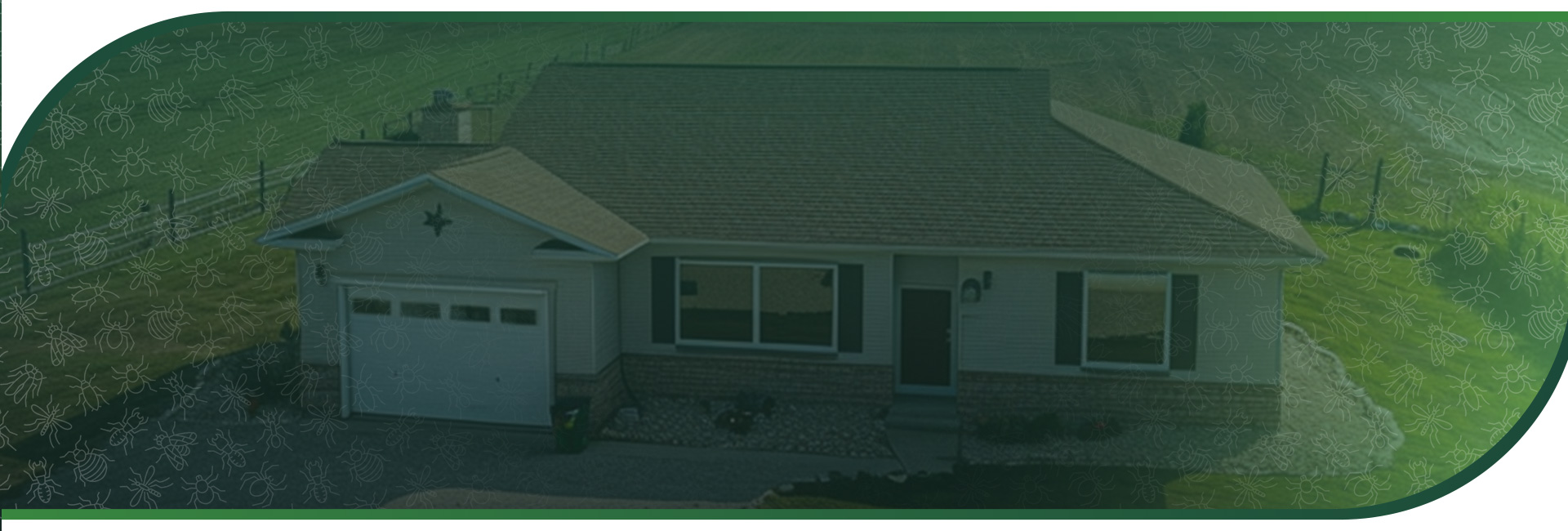
Why Choose Pestcom Pest Management?
-
Expertise You Can TrustWith highly trained professionals and advanced techniques, we ensure effective pest management that protects your home and business.
-
Long-Term ProtectionOur commitment goes beyond one-time treatments—we provide lasting pest prevention strategies to keep your space pest-free year-round.
-
Customer-First ApproachWe prioritize your safety and peace of mind by delivering reliable, eco-friendly pest control solutions tailored to your needs.
Thorough Pest Control Inspections
Every service begins with a full inspection of your home or business. We identify pest activity, entry points, moisture issues, and harborage areas before recommending a targeted treatment plan.
Our technicians serve Boise, Meridian, Nampa, and surrounding communities throughout the Treasure Valley.
Common pests we treat include:
- Ants (including carpenter ants)
- Spiders
- Earwigs
- Wasps and yellowjackets
- Boxelder & elm seed bugs
- Mosquitoes
- Flies
Specialty programs are available for:
If you don’t see your pest listed, contact us and we’ll identify it and recommend the best solution.

FAQ
Have questions? We are here to help. Still have questions or can't find the answer
you need? Give us a call at 208-795-3298 today or
visit www.pestcom.com/about-us/faq
-
Do you monitor after it’s resolved?Yes - monitoring and rechecks can be added, especially for canal-adjacent lots, open-field edges, or foothill neighborhoods.
-
How many visits are typical?Initial setup + 1-2 follow-ups resolves most homes; severe cases may require additional checks and sealing.
-
Will I need interior service or just exterior for rodents?We service both - interior where activity is present and exterior to stop new entry and pressure.




.2511181223132.png)
.2511181246397.png)

